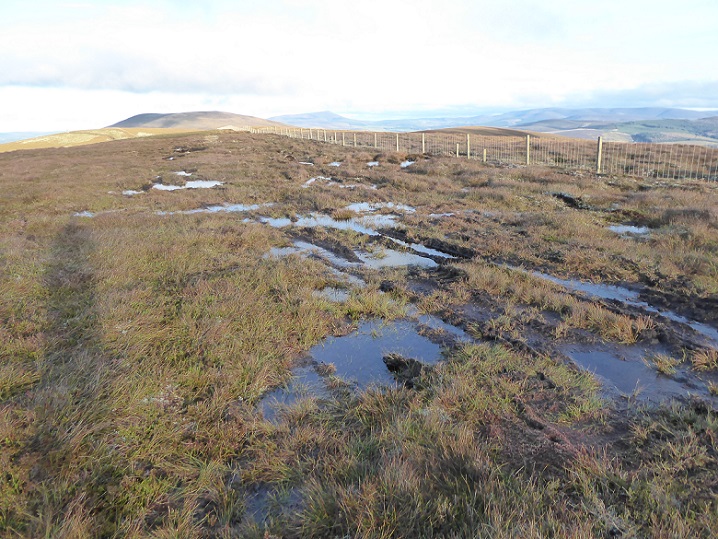
A recent visit to the Cromdale Hills prompted some thoughts about the Cairngorms National Park Authority (CNPA)’s policy approach to hill tracks, the use of All Terrain Vehicles and their impact on the natural environment.
What the CNPA National Park Partnership plan says about hill tracks
The draft National Park Partnership Plan (NPPP), which is currently out for consultation (see here), makes only one reference to hill tracks and that is to repeat the policy set out in Cairngorms Local Development Plan (which was finally approved earlier this year). Policy 4 includes “a presumption against new constructed tracks in open moorland.”
The Strategic Environmental Assessment that accompanies the draft NPPP and was carried out by the CNPA (see here) states that this policy is effectively meaningless:

It is not just the policy on hill tracks which is so vague that no-one in the CNPA knows whether it will make a difference:

In fact only four policies in the entire draft NPPP are specific enough to predict whether or not they could have positive of negative consequences:

Sadly, the CNPA’s NPPP is a plan in name only. It is talk without action, another example of bla bla bla.
An alternative approach to hill tracks
David Jarman’s fine article in the most recent issue of Wild Land News (see here) shows other approaches are possible and opens up a debate that had been entirely avoided by the CNPA. He proposes that Wild Land Ltd should now remove the track that crosses the Moine Mhor from Glen Feshie as the National Trust for Scotland did with the track onto Beinn a Bhuird 25 years ago,
Now in my view removing the Mhoine Mhor track at present would have serious consequences for the natural regeneration of the Caledonian Forest and montane woodland around Glen Feshie because NTS’ current policy is to maintain high deer numbers for sporting purposes on the south and west side of the Mar Lodge Estate. With ten deer per square km, compared to two per square km around Glen Feshie, there is a continual influx of stags and hinds down the River Feshie and across the Moine Mor attracted by the better browsing. While it is crucial that Wild Land Ltd is not allowed to construct a new track up into the wild land at the head of the River Feshie, it seems to me justifiable in the short-term to offset the challenges posed by incoming deer through by maintaining vehicular access to the Moine Mhor.
In the medium term, however, the CNPA should be aspiring to remove the track across the Moine Mhor and others like it. To do this ALL landowners need to reduce deer numbers to less than 5 per km and the Scottish Parliament need to implement the recommendations of the Deer Working Group so that it becomes lawful to shoot stags in winter when they move down from the remote high ground. The point here is that the new NPPP is silent on these issues and provides NO direction for how they might be addressed. It doesn’t even acknowledge the work that Wild Land Ltd has done to remove existing tracks or improve their design (see here) which should provide an exemplar for what needs to happen across the rest of the National Park.
Improvements in vehicle technology means that shooters and estate workers no longer need constructed tracks and can drive more or less anywhere in the hills. That has reduced the demand for new tracks considerably. It means the main issue which the CNPA should now be considering is how to restore them while ensuring that the increasing use of ATVs is kept under control and does not damage the natural environment.
The impact of All Terrain Vehicles
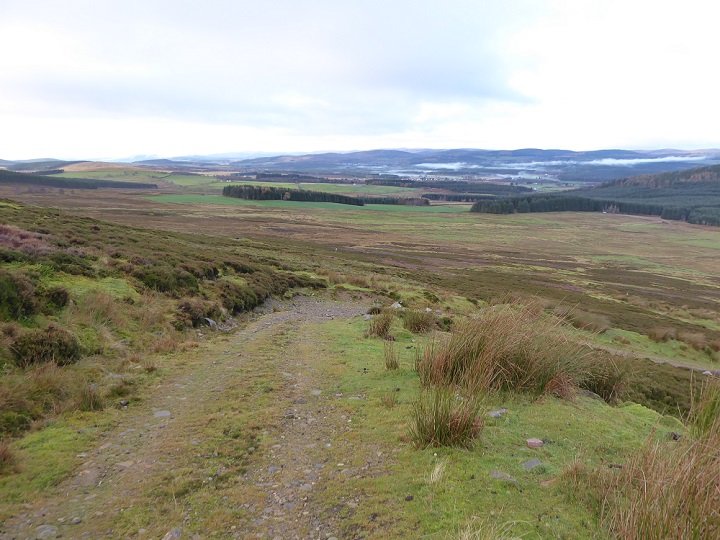
There is not a single reference to All Terrain Vehicles or their impact in the draft NPPP despite the CNPA having issued “A new handy guide aimed at helping land managers protect hill ground from damage caused by all-terrain vehicles (ATVs)” in March 2021 (see here).

The CNPA’s ATV guidance (see here) advises how to prevent some of the environmental damage caused by the use of such vehicles.
Advice
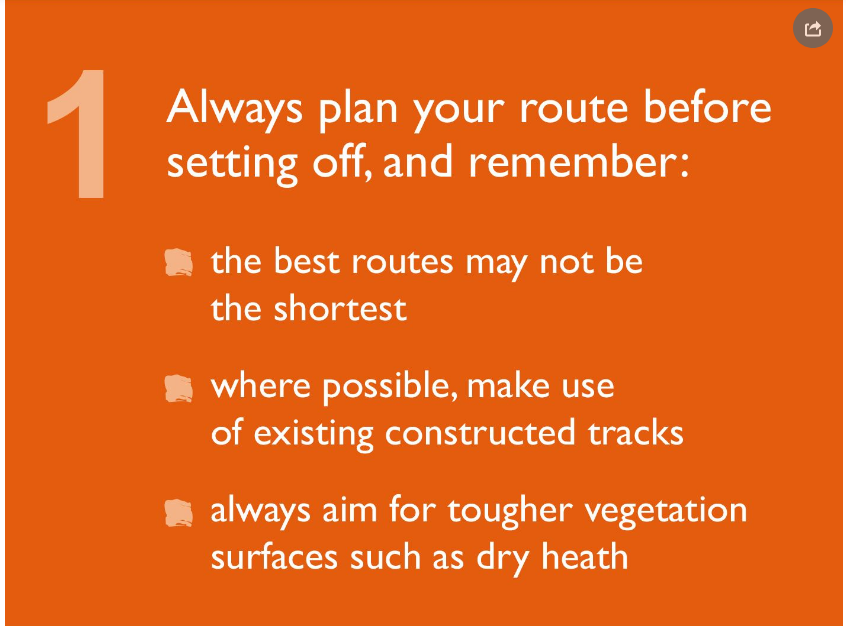
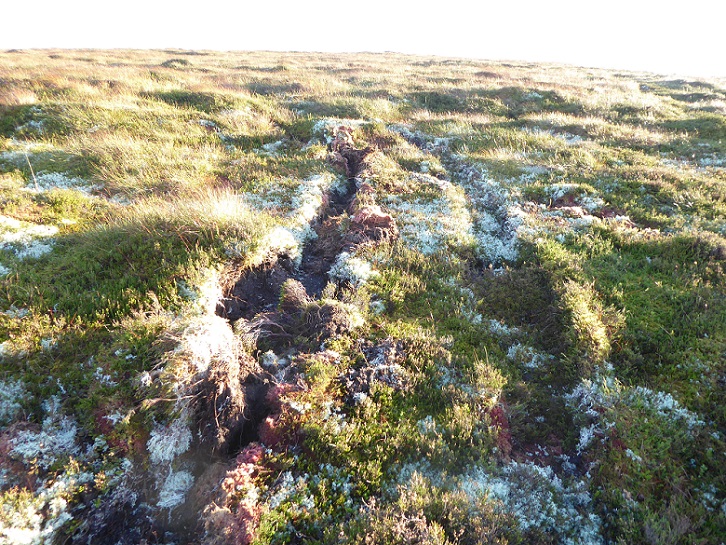
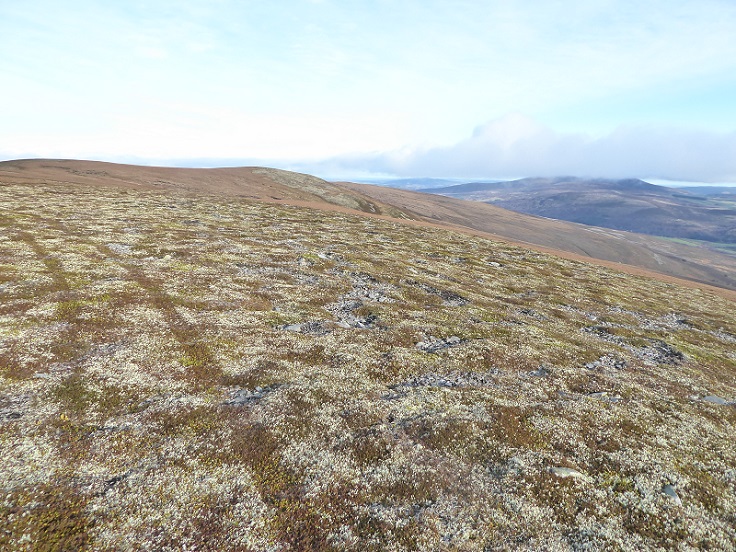
Advice
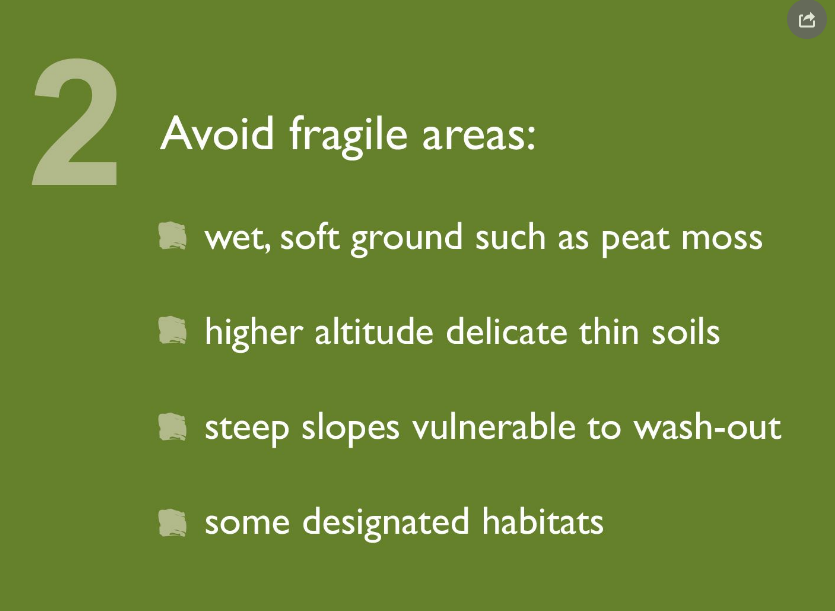
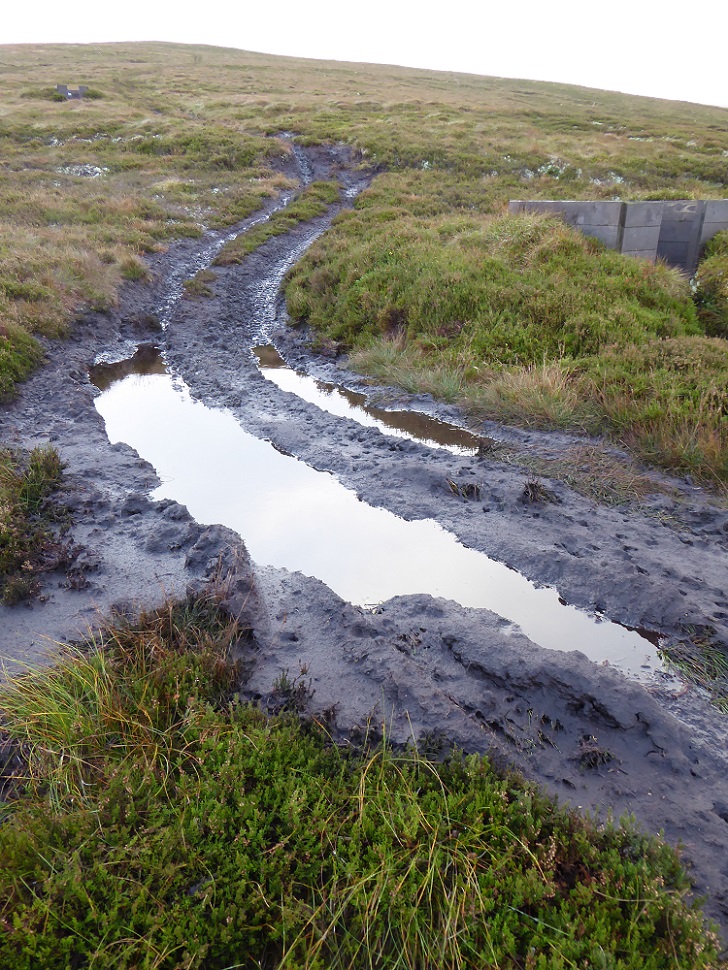
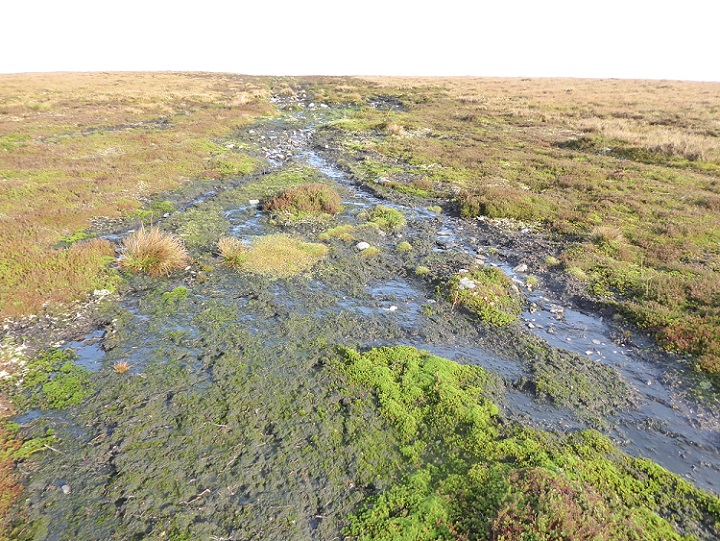

This track is draining the bog as effectively as any of the drainage ditches the Cairngorms National Park Authority is filling in as part of peat bog restoration.
Advice



Advice
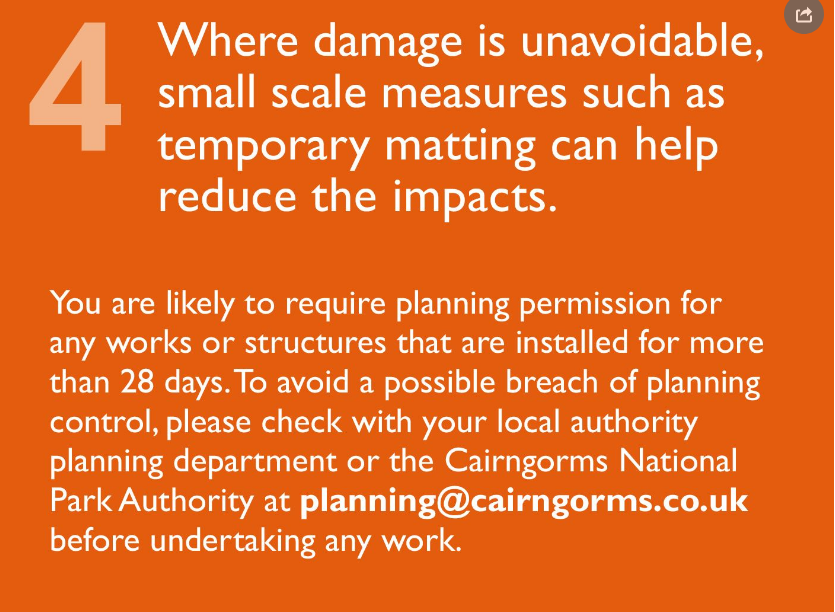
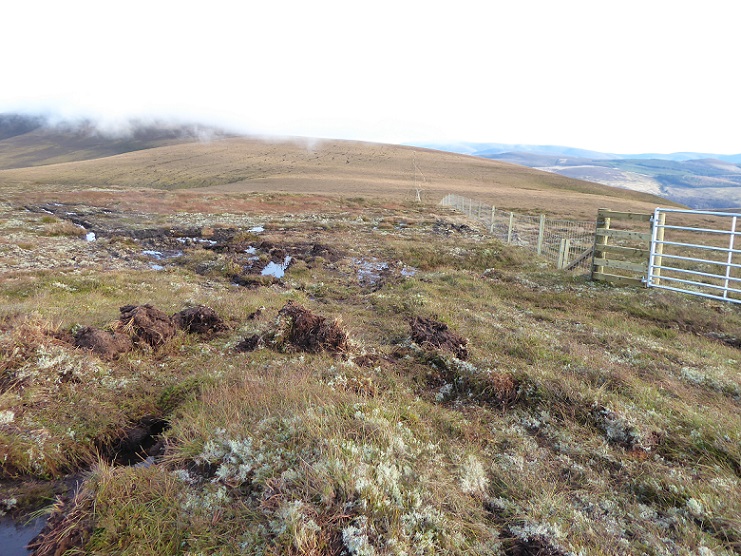
Stock fencing is a permitted development which does not require planning permission but the vehicles used to build it can have a significant impact, particularly when fences cross peat bogs.
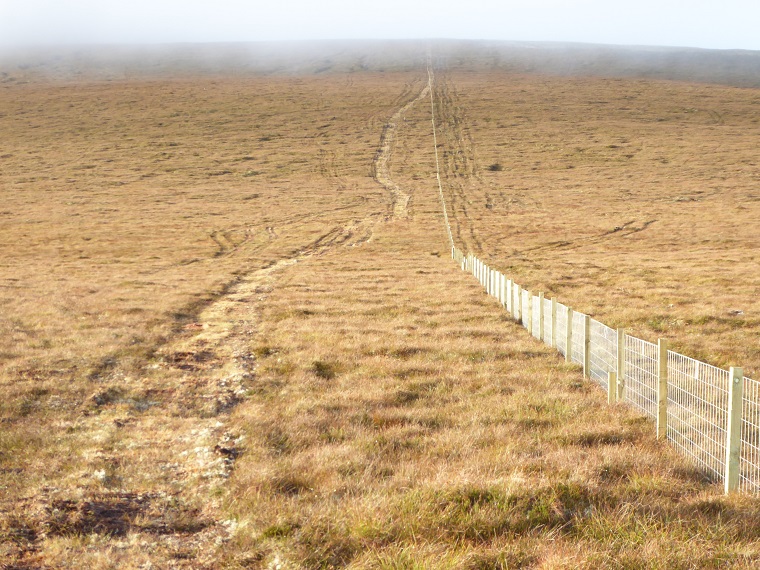
If we are serious about protecting peat bogs, developments like this in the National Park should require planning permission and vehicle use needs to be controlled. The NPPP avoids the issue.

The vehicular damage caused on the Cromdale Hills by the installation of the new stock fence, however, is far less that caused by grouse shooting. The greatest damage I witnessed was all caused by vehicles travelling up lines of grouse butts:
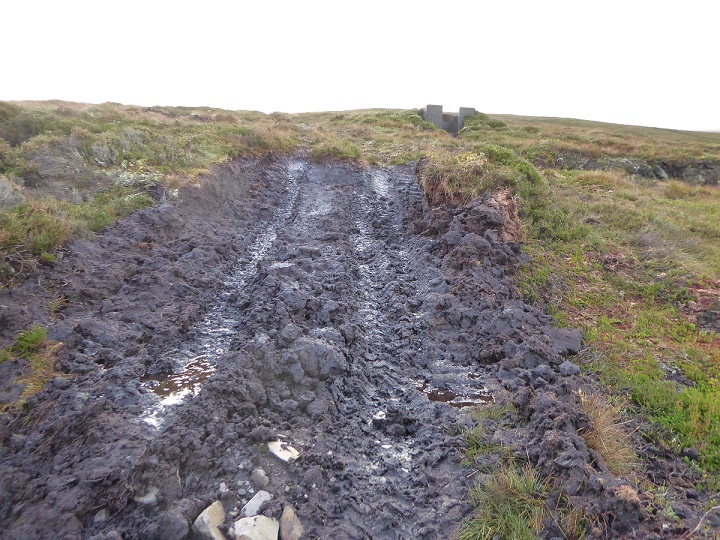
Primary responsibility for this damage does not lie with estate staff but with the grouse shooters who expect to be driven, rather than walk, up to the butts. This and the damage it causes is completely unnecessary.
What needs to happen
Hill tracks and use of ATVs are I believe issues that need to be tackled in their own right, the latter through some from of licensing system, as its clear that voluntary advice such as that issued by the CNPA’s Uplands Group has little or no impact.
But the impact of tracks and vehicles in the uplands also threatens to undermine other objectives in the CNPA’s National Park Partnership Plan. There is no point paying landowners to restore areas of peat bog if they are then allowed to drive vehicles willy nilly over those same bogs or do damage in other areas.
With the Scottish Government seemingly planning to hand over to the CNPA responsibility for disbursing rural payments as one of Scotland’s new Regional Land Use Partnerships, now is the right time for the CNPA to develop a policy on cross-compliance in respect of the award of public funds, ie that the CNPA will not fork out money to landowners for any activity while they continue to undertake activities that damage the natural environment and release carbon into the atmosphere. Such a policy would be meaningful, unlike the NPPP as currently drafted, and would make a real difference – use of ATVs should be part of it.

It beggars belief that you can post the pictures of damage to the hillside in the Cairngorms and complain about it when far worse is being done to the Loch lomond national park. There a roads driven into the hillside all around Crianlarich and towards Killin where there is now a field destroyed and a bridge over the river constructed. This is all to enable the terrible waste of money to be spent removing pylons. Nothing is said about that destruction of the landscape in these areas.
I have actually been blogging about the impact of tracks in the LLTNP for years and probably written upwards of 30 posts on this very issue e.g http://parkswatchscotland.co.uk/2021/10/15/the-ben-glas-hydro-scheme-and-glen-falloch-five-years-on-what-does-the-lltnpa-stand-for/ I also recently posted a photo of the works in Glen Falloch and went out to see the tracks associated with the removal of the pylon this week. A post will follow in the next couple of weeks.